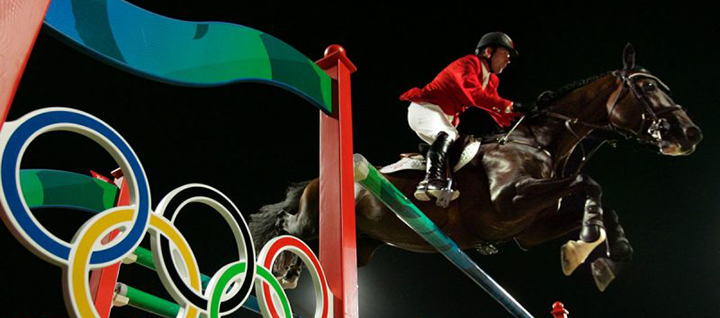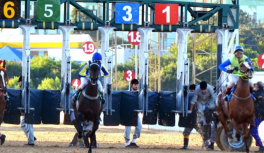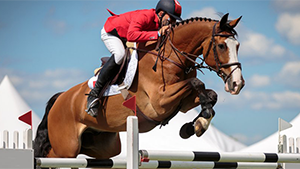
When watching equestrian events, two points are particularly worth highlighting. First, the horse is the only animal present in the Olympic Games that, together with the rider, forms a single, cohesive partnership. Second, equestrian sports are the only Olympic events where men and women compete against each other under equal conditions.
“The horse by nature is a living being, non-aggressive, very willing to cooperate, as long as it is treated with gentleness and firmness. If force becomes necessary, then one enters a domain that no longer belongs to the art of horsemanship, nor to the circle where civilized people dwell.”
— Nuno de Oliveira (1979), Great Master of Horsemanship
The first discipline, and perhaps the most important, is Dressage. It is the foundation upon which every competition horse, regardless of discipline, begins its training.
Dressage demonstrates the horse’s submission to the rider through exercises of great difficulty, elegance, and precision. The lightness and ease with which the movements are performed give the impression that the horse executes them naturally, without visible aids from the rider. All attention is focused on the horse, which expresses the purity and stylization of natural movements through refined technique.
The tests are carried out in arenas of 20 x 40 m or 20 x 60 m, either outdoors or indoors (the latter being very common in Europe), with the audience kept at least 15 m away. The arena is enclosed with a low barrier about 30 cm high, spaced so that the horse’s hooves cannot pass through. The letters placed around the arena indicate the points the horse must pass.
The execution of the competition’s program is called a “test” (or reprise), and must be performed entirely from memory. Each movement must follow in the precise sequence indicated.
This discipline is essentially technical, but also essential for preparing horses that, after specific Dressage training, will progress to other equestrian disciplines. In other words, the horse begins its next stage of training with a strong foundation, able to move in harmony and with technical precision at the walk, trot, and canter, in a regular and cadenced manner.
The rider must apply the aids discreetly, and is judged on posture, balance, and rein contact. Transitions between gaits must be executed smoothly, without resistance from the horse. Riding a horse without Dressage training will never provide as much satisfaction as riding a well-trained horse.

Article written by Deolir Dall’Onder for Revista Acontece Sul, Year XIV, Issue 146.


